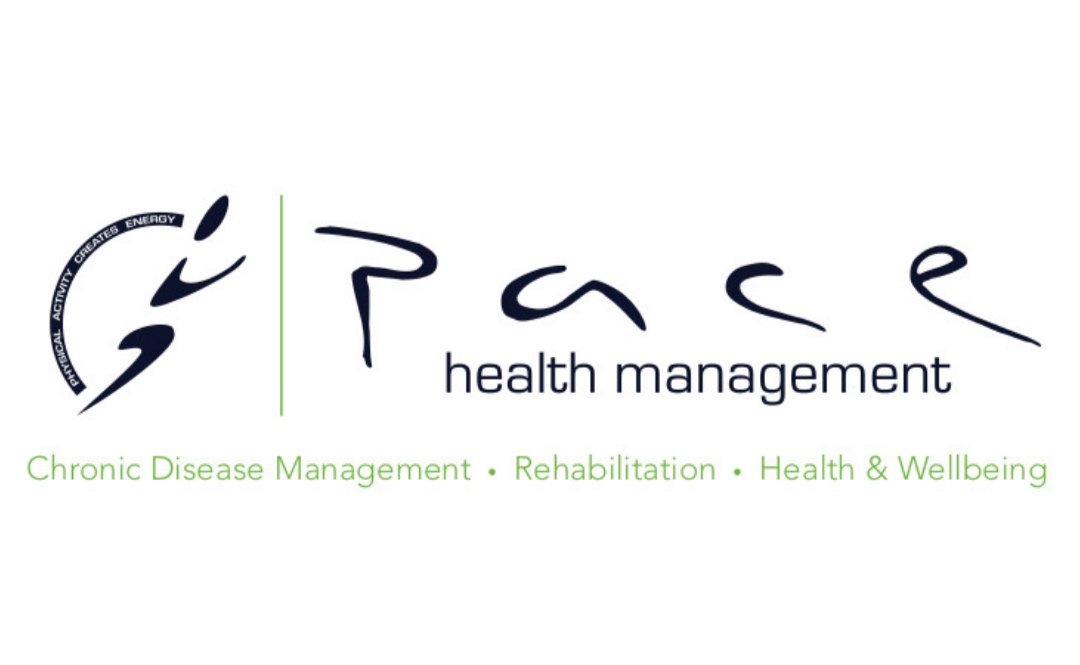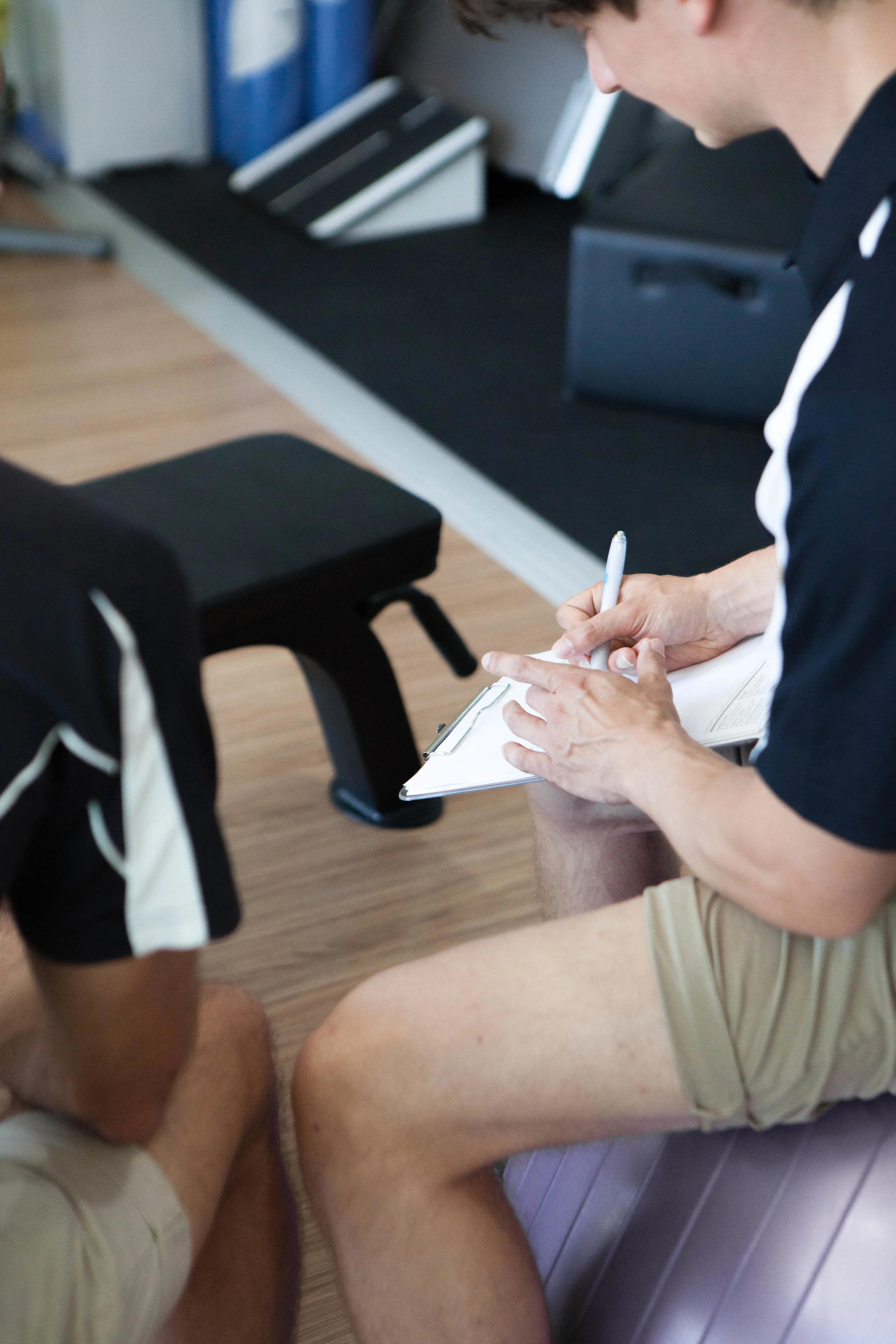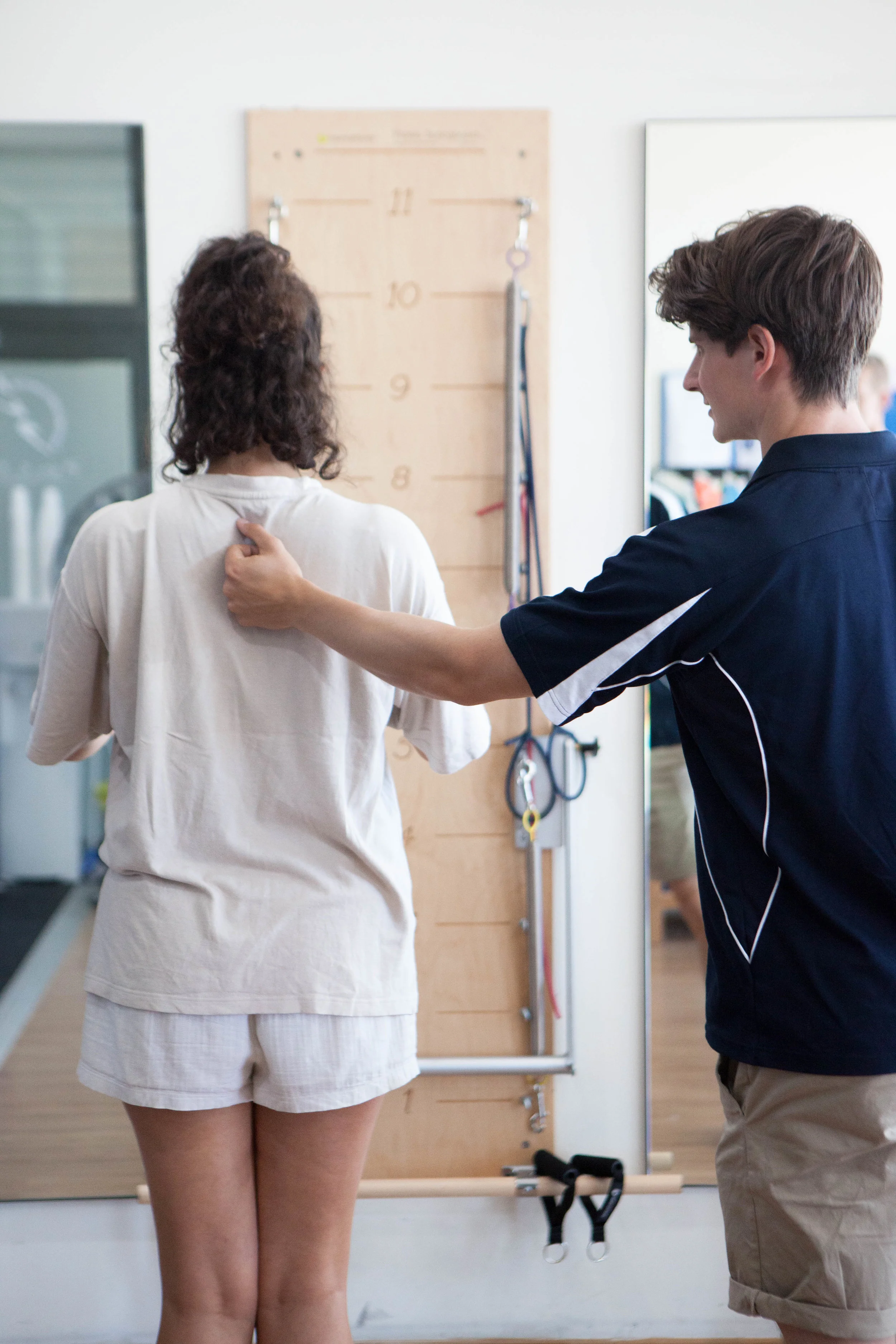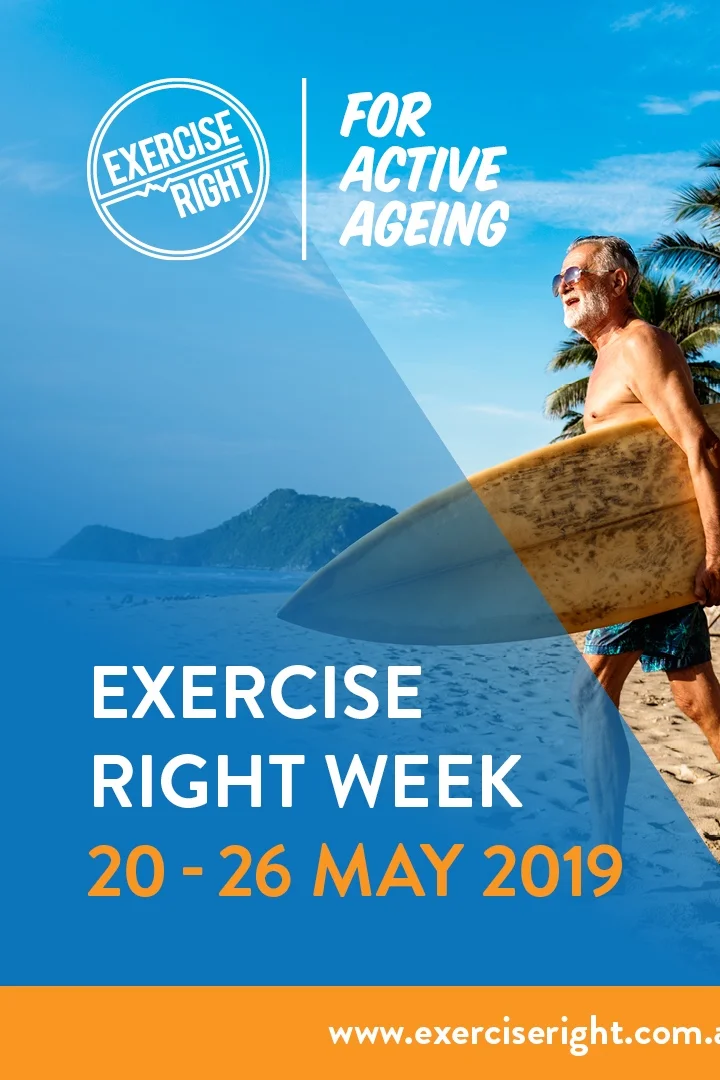Hypertension, or high blood pressure as it is commonly known, is one of the most common cardiovascular conditions, and currently affects over one third of our population.
Read MoreSo, we all know Santa is on his way. Our first question is, have you been good or bad? Second question is, what’s a great gift idea for a loved one to help them be more physically active?
We asked the PACE team for their suggestions…
Read MoreA round of backyard cricket on a summer’s day is essential, of course, but what about when we want to take on some more strenuous activity? What are the key things we need to remember?
Read MoreTuesday 19th November marks International Men’s Day, a chance to celebrate the roles of men in our lives and the wider communities. So we thought - what better way to create positive role models than to highlight the men in our practice and how they integrate physical activity into their daily lives.
Read MoreAs we age, falls become an increasing worry for many people and can often be dismissed as a part of getting older. The good news however, is that most falls can be prevented.
Read MoreDid you know that over 1.3 million Victorian’s over the age of 50 currently have Osteoporosis?
Read MoreDo you suffer from or know of someone who suffers from osteoarthritis (OA)? Chances are that you may as statistics show 9% of Australians (2.1million people) currently have the condition. This blog will explore conservative management of this chronic condition and provide an insight into how exercise physiology treatment can be utilised to manage the impact and severity of OA.
Read MoreFrom working and playing in the football system I often get asked what is the best strategy for those who suffer from an acute injury. This can be a tricky question due the large variety of injuries that can occur in a game like football and often, an individualised assessment is needed by an appropriately qualified professional to fully determine your rehabilitation program.
However, we do like to try and make things as easy as possible in the health industry and a series of acronyms have been created in the past to assist those with some simple management techniques to follow.
Read MoreMost individuals with Down Syndrome are faced with barriers that prevent them from participating in regular physical activity. Research suggests that as they age, the more inactive they become, resulting in reduced overall health and quality of life.
Read MoreCan you imagine feeling tired all the time? Fatigued, and sleeping doesn’t improve your symptoms. Exercise may be the last thing you want to do, however research shows that exercise can have significant benefits for people living with Chronic Fatigue Syndrome (CFS).
Read MoreJust how important is it?
Do you get enough?
How can you improve it?
Sleep is IMPORTANT, and for most people the QUALITY & QUANTITY of sleep being achieved is inadequate…
Read MoreHad a tough day? Feeling stressed out? Maybe you've just finished a hard work out? Chances are, you are operating in a state of SYMPATHETIC nervous activity...
Read MoreThe PACE Living with Cancer Program is designed for cancer patients during or post treatment, to assist in the management of symptoms and improve treatment outcomes & survival rates. With 1 Australian dying every 12 minutes from Cancer, it is important to raise awareness on the importance of exercise in the management of symptoms during and post cancer treatments.
Read MoreEveryone should exercise regularly throughout all stages of life.
Regular physical activity helps to maintain independence and quality of life, reduces the risk of chronic diseases, and improves mood and mental health!
Read MoreThe PACE Return to Function Program is a graded rehabilitation program, for sub-acute injuries & chronic pain, designed to equip workers with the education and strategies required to make a successful return to work and life.
Read MoreHABITS…
Did you know that HABITS form over 60% of your day???
Are you habits HELPING or HARMING you???
What's your BEST & WORST habit???
Read MoreOver the next 3 years it is expected that 1.2 Million Victorians will be diagnosed with Type 2 Diabetes, a condition that currently affects 1 in 4 Australian adults (diagnosed or at high risk). These numbers represent 280 Australians’ being diagnosed with type 2 Diabetes every day, making Diabetes our fastest growing chronic disease.
Read MoreWorld Osteoporosis Day has recently been celebrated so it’s only fitting that we talk about the role of exercise in the prevention and treatment of osteoporosis and bone fractures.
What is Osteoporosis and Osteopenia?
By Ben McGregor
Read MoreChronic pain is responsible for an estimated 9.9 million absent days from work each year, which costs the economy $1.4 billion per annum, while the total cost of lost productivity is estimated at $11 billion per annum.
How does exercise help?
By Josh McCarthy
Read More



















